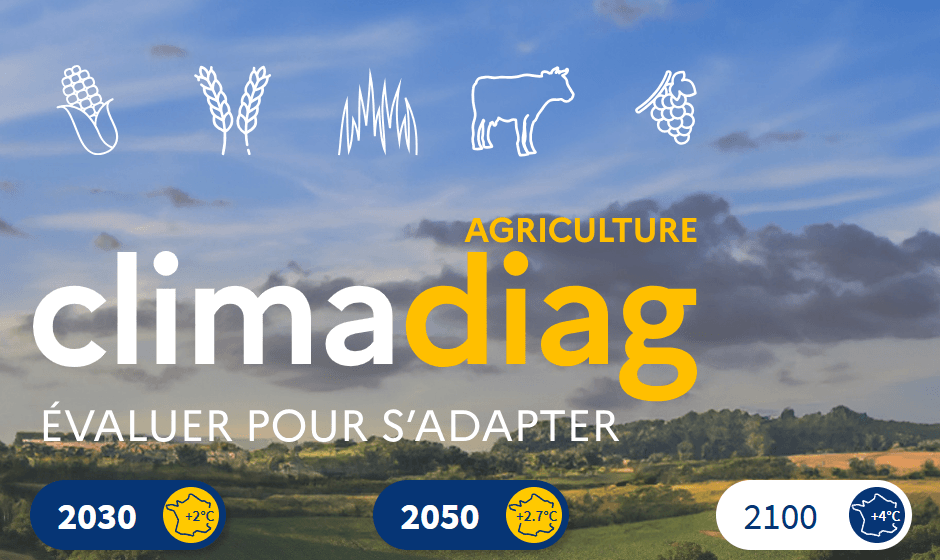Offre d'emploi : l'ONF recherche un(e) chef de projet outils production-vente de boi
mai 7, 2015Adieu Spot 5 !
mai 12, 2015Le sarclage de précision offre-t-il un réel avantage pour la maîtrise des adventices et du rendement ?
C’est ce que des chercheurs de l’université d’Hohenheim (Allemagne) ont essayé de voir en mettant en place un dispositif expérimental conséquent sur des parcelles de soja et de betteraves sucrières. Les méthodes de sarclage réalisées avec un guidage automatique ou une aide au guidage par GPS RTK ont été comparées à des méthodes de sarclage classique. Pour chaque essai, un témoin non sarclé était également conservé sur les parcelles.
Résumé de l’article :
Weed infestations and associated yield losses require effective weed control measures in soybean and sugar beet. Besides chemical weed control, mechanical weeding plays an important role in integrated weed management systems. Field experiments were conducted at three locations for soybean in 2013 and 2014 and at four locations for sugar beet in 2014 to investigate if automatic steering technologies for inter-row weed hoeing using a camera or RTK-GNSS increase weed control efficacy, efficiency and crop yield. Treatments using precision farming technologies were compared with conventional weed control strategies. Weed densities in the experiments ranged from 15 to 154 plants m−2 with Chenopodium album, Polygonum convolvulus, Polygonum aviculare, Matricaria chamomilla and Lamium purpureum being the most abundant species. Weed hoeing using automatic steering technologies reduced weed densities in soybean by 89% and in sugar beet by 87% compared to 85% weed control efficacy in soybean and sugar beet with conventional weeding systems. Speed of weed hoeing could be increased from 4 km h−1 with conventional hoes to 7 and 10 km·h−1, when automatic steering systems were used. Precision hoeing technologies increased soybean yield by 23% and sugar beet yield by 37%. After conventional hoeing and harrowing, soybean yields were increased by 28% and sugar beet yield by 26%.
L’article scientifique est disponible à l’adresse suivante : http://www.mdpi.com/2073-4395/5/2/130/htm
Kunz C., Weber J.F. and Gerhards R., 2015. Benefits of Precision Farming Technologies for Mechanical Weed Control in Soybean and Sugar Beet—Comparison of Precision Hoeing with Conventional Mechanical Weed Control, Agronomy, 5 (2), 130-142;



